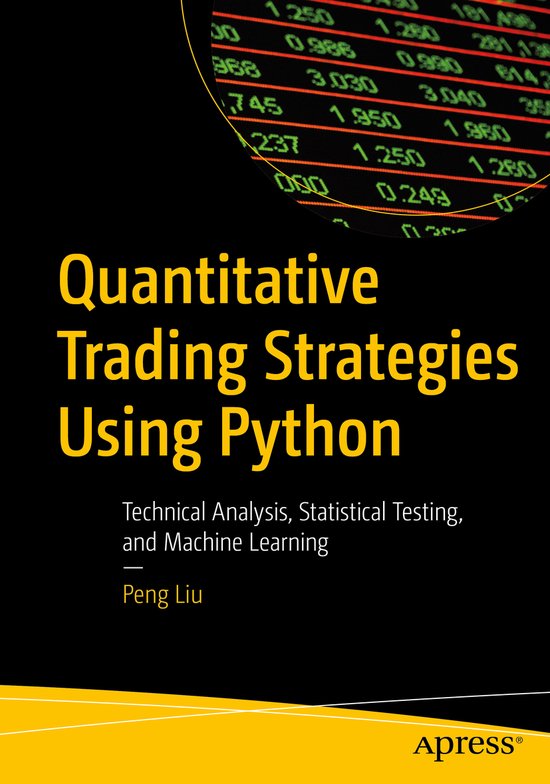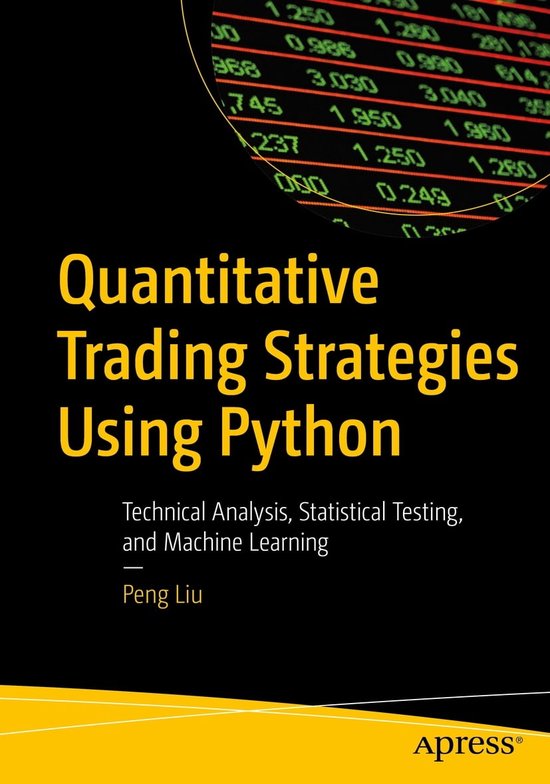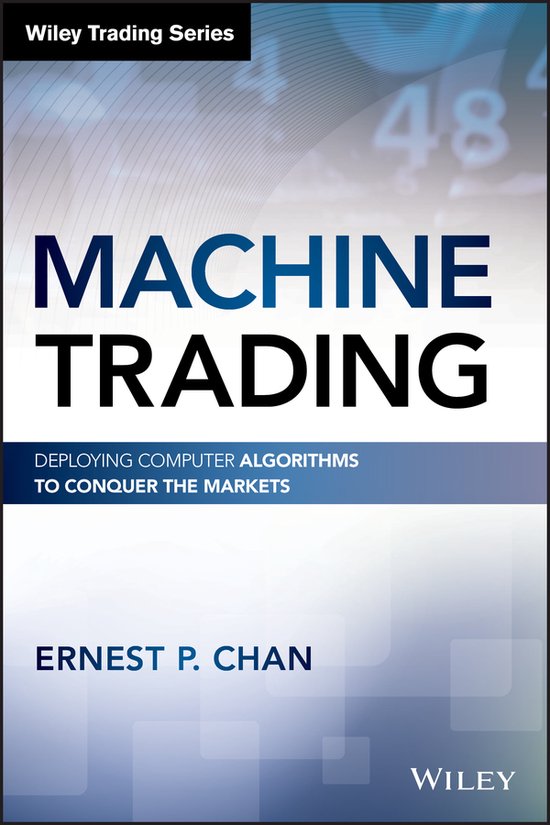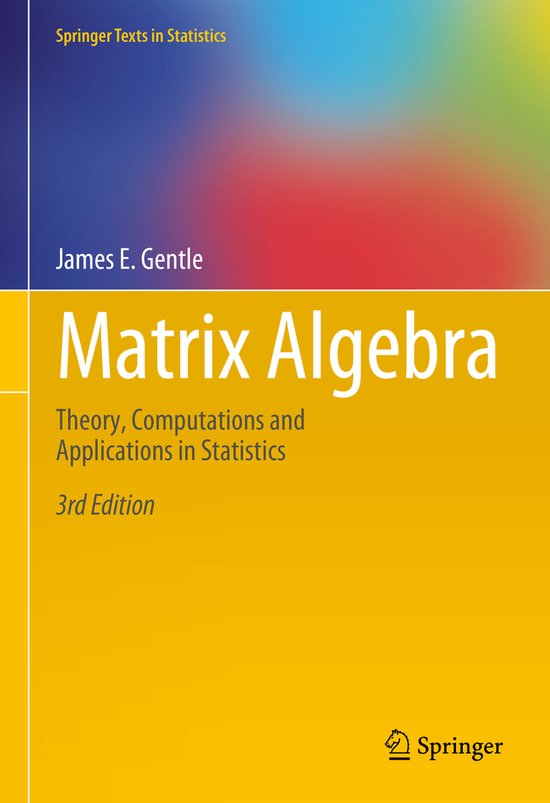
Quantitative Trading Strategies Using Python
Part one of Quantitative Trading Strategies with Python covers the fundamentals of trading strategies, including an introduction to quantitative trading, the electronic market, risk and return, and forward and futures contracts. Part II introduces common trading strategies, including trend-following, momentum trading, and evaluation process via backtesting. Part III covers more advanced topics, including statistical arbitrage using hypothesistesting, optimizing trading parameters using Bayesian optimization, and generating trading signals using a machine learning approach.
Whether you're an experienced trader looking to automate your trading strategies or a beginner interested in learning quantitative trading, this book will be a valuable resource. Written in a clear and concise style that makes complex topics easy to understand, and chock full of examples and exercises to help reinforce the key concepts, you’ll come away from it with a firm understanding of core trading strategies and how to use Python to implement them.
You will:
- Master the fundamental concepts of quantitative trading
- Use Python and its popular libraries to build trading models and strategies from scratch
- Perform data analysis and visualization, algorithmic trading, backtesting, risk management, optimization, and machine learning for trading strategies using Python
- Utilize common trading strategies such as trend-following, momentum trading, and pairs trading
- Evaluate different quantitative trading strategies by applying the relevant performance measures and statistics in a scientific manner during backtesting
| Auteur | | Peng Liu |
| Taal | | Engels |
| Type | | Paperback |
| Categorie | | Computers & Informatica |




